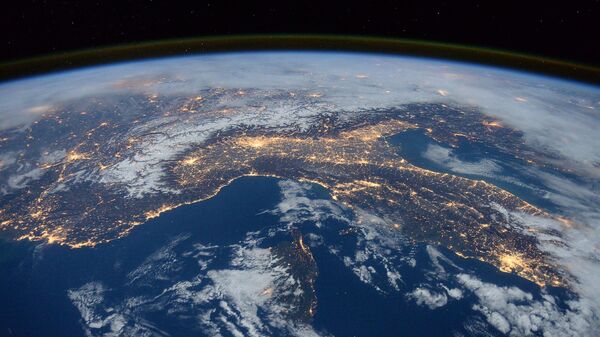“Australian hot and dry extremes have been known to be associated with the occurrence of El Niño and other variations of tropospheric circulation. Here we identify an additional driver: variability of the stratospheric Antarctic polar vortex,” the study abstract explains. The study was conducted by researchers at the ARC Centre of Excellence for Climate Extremes and School of Earth, Atmosphere and Environment at Monash.
The Antarctic vortex is a low-pressure area found near the Ross ice shelf, the largest ice shelf of Antarctica.
"Attention so far has focused on the importance of stratospheric warming in the Northern Hemisphere and its impact on extreme climate," study author Ghyslaine Boschat is quoted as saying by Phys.org.
"Our study is significant because it is the first of its kind to identify and quantify a direct link between variations in the Antarctic polar vortex in spring and Australian hot and dry extremes from late spring to early summer," she added.
The study results showed that changes in springtime winds above the South Pole can cause warmer temperatures, decreased rainfall and an increase in heat waves in Australia.
"Our findings can help us predict and prepare for these extreme events with sufficient lead time in Australia, and possibly in other regions of the Southern Hemisphere," study co-author Julie Arblaster also told Phys.org.
The researchers used climate data collected between 1979 and 2016 to identify stratospheric warming caused by weakening of the vortex and then calculated the probability of dry weather conditions over Australia in those instances. The results revealed that when vortex-weakening takes place, hot and dry temperatures are between four and eight times more likely to follow.



